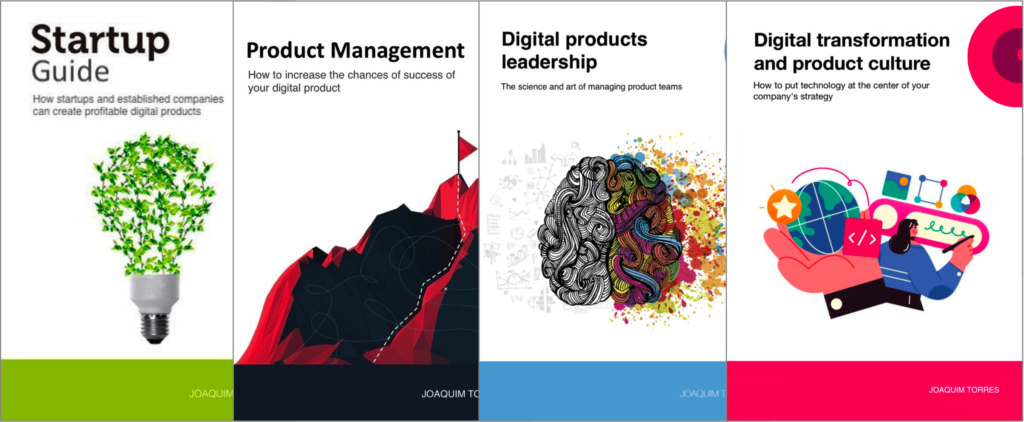Product launched. Now what?
16 de March, 2008Explaining Agile
26 de March, 2008At the same time that we need to spend on non-recurring development cost in order to avoid the recurring operational cost, we need to be aware that sometimes, adding more development may not decrease recurring operational cost.
Marty Cagan, from SVPG, has a very interesting article on this topic named That Dog Won’t Hunt, where he mentions that:
First, the job of the product manager, working with his designer, is to come up with a high-fidelity prototype with the minimal functionality necessary to meet the business objectives, yet with a user experience that users can figure out how to use and actually want to use. The reason it’s so important that the team come up with the minimal functionality, is that you all want to minimize implementation time and complexity, and also because it’s actually more likely the user experience will be good if there aren’t extraneous features.
There are great advantages for releasing products sooner and more frequently:
- The sooner you release your product, less chances that you have spent time on unneeded features.
- The sooner you release your product, the sooner you’ll hear from your customers and users about what worked and what else they need.
- The sooner you release your product, the sooner you’ll have financial return.
To close this post, I would like to share some interesting slides from Jeff Patton‘s User Centered Agile Software Development full day tutorial presetation.
For those that need mathematical proof of the financial advantages of releasing sooner and more frequently, these slides will help:
Workshops, coaching, and advisory services
I’ve been helping companies and their leaders (CPOs, heads of product, CTOs, CEOs, tech founders, and heads of digital transformation) bridge the gap between business and technology through workshops, coaching, and advisory services on product management and digital transformation.
Digital Product Management Books
Do you work with digital products? Do you want to know more about managing a digital product to increase its chances of success, solve its user’s problems, and achieve the company objectives? Check out my Digital Product Management books, where I share what I learned during my 30+ years of experience in creating and managing digital products:
- Digital transformation and product culture: How to put technology at the center of your company’s strategy
- Leading Product Development: The art and science of managing product teams
- Product Management: How to increase the chances of success of your digital product
- Startup Guide: How startups and established companies can create profitable digital products

